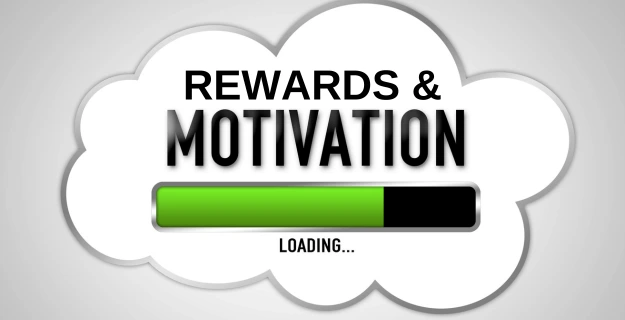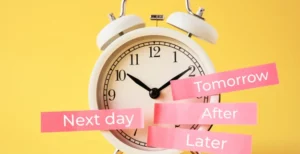Appreciating a child is like adding fuel to their inner fire, propelling their energy to double in magnitude. Just a few words of genuine praise can work wonders, igniting their intrinsic motivation and fueling their enthusiasm to conquer the world. As parents, teachers, or caregivers, we hold the power to influence a child’s journey of growth and learning through our words and gestures.
Rewards and Motivation-A close relationship
Rewards can reinforce and at the same time forestall young children’s willingness to learn. However, they are broadly used in the field of education, especially in early years settings, to stimulate children toward learning activities. Educational psychologists have discovered that the
influence of rewards on motivation and performance is complex because it depends on individuals’ values and goals. However, a lot has been studied with regard to intrinsic motivation and rewards. They seem to be highly interdependent and correlated.
The Magic of Rewards and Motivation
Children who are rewarded for acceptable behaviors are highly intrinsically motivated to perform better. They are observed to be alert and become better learners. Appropriate use of rewards and motivation at young learning stages may prove to be beneficial to children as they enter school and college. Rewards can encourage good behaviors. They can help increase self-esteem. Rewards can improve parent-child relationships. If the system is used strategically then it could be an effective tool to bring change!
The downfalls of Rewards affecting motivation
We must be cautious in our approach to rewards. Relying solely on external incentives may inadvertently diminish intrinsic motivation over time, creating an unhealthy dependence on rewards for continued performance. The goal should be to cultivate a balance where rewards are used to encourage positive behaviors without undermining the child’s internal drive to learn and grow.
Studies have shown that when rewards are removed, children may reverse their behavior, suggesting that intrinsic motivation is more sustainable in the long run. Instead of relying solely on rewards, it is vital to help children understand the reasons behind the rewards and how their positive actions contribute to their personal growth and well-being.
To effectively implement a rewards and motivation strategy, it is essential to tailor it to the unique needs and characteristics of each child. Understanding the child, the setting and the intended goals will help ensure that rewards are applied in a way that maximizes their impact.
Being specific and consistent with rewards can create a nurturing environment where children understand the value of their efforts and the consequences of their actions. By involving children in the process and actively communicating with them, we foster a sense of ownership and responsibility for their behaviors.
The final plan of action
In order to execute a strategy effectively, it is important to understand the child, the setting, the goals, frequency, and intensity. Rewards and motivation are related. It is a simple cycle. If acceptable behavior is rewarded, children are likely to repeat them. It motivates them to be better. While children enjoy the reward and learning experience, it is important to pitch in and explain to them the rationale behind rewards. Executing the system strategically may prove beneficial and do more good! Further being specific could be a great way to begin. Having clear boundaries and abiding by them could help children understand the process better. Consistency is the key to creating a nurturing environment. Talk about consequences to children, and clearly communicate that every action has an effect or a consequence, Finally, sync the school, play, and home settings. Explore ways in which children can benefit from all the settings.
Every strategy is a package of good and bad, effective and ineffective. It is vital to understand, be informed, and educate oneself before executing it on children. Involving children, and knowing their side of the story could be a great idea to begin!




